In the Air, Water, and Energy markets, specifically with regard to valves, there is a notable difference between sales and cost control analysis. The difference can be seen in how well the analysis is organized and the attention that is paid to detail. The valve industry achieves Earnings Before Interest, Taxes, Depreciation, and Amortization (EBITDA) of 15-20%, but this percentage could, and should, be 10 points higher.
By Bob McIlvaine, President & Founder – The McIlvaine Company
One of the ways that companies could increase their EBITDA is to devote the same attention to detail on sales as is paid to cost control. Every Approval Workflow Engine (AWE) company uses systematic cost analysis and the same should be done with sales.
To do so, companies should gather comprehensive information about each industry niche they are involved with, and then pursue those which will result in high EBITDA; the goal should be at least a 20% market share. Millions of statistics need to be maintained, and once the facts are compiled, they need to be assessed and then multiplied by various factors.
Selecting Niches
A salient fact is that there is not a single giant valve market. Hundreds of thousands of niche markets can be aggregated to provide a total. Individual niches worth USD $94,000, can be combined like LEGO blocks into various niche combinations.
For example, Flowserve purchased Velan to create the world’s 2nd largest valve company with revenues of close to USD $1 billion and an EBITDA of 15%. Revenues account for a little over 1% in a market of mostly industrial process applications. When one adds the small discrete valves and other applications, the market is over USD $200 billion/yr. It takes a minimum of at least 20% market share before an individual can hope for EBITDA in the 25 to 30% range. Velan sells double-offset butterfly valves for hydrogen service and is achieving more than 20% market share in this niche. The goal is to achieve this capability across all pursued niches. IDEX similarly sells pumps, valves, fittings, and related products and achieves 30% EBITDA. The mission statement alludes to the niche focus. The result is a high EBITDA aggregation of niche markets.1
A company with revenue of USD $100 million and 30% EBITDA would be targeting 50 niches and 500 sub-niches; it would track thousands of other sub-niches that it elects not to pursue. It would also need to assess the competition and then create value propositions in each niche. These need to be validated by company employees. A Directory of niche value propositions has been prepared as per the index excerpt, see Figure 5.
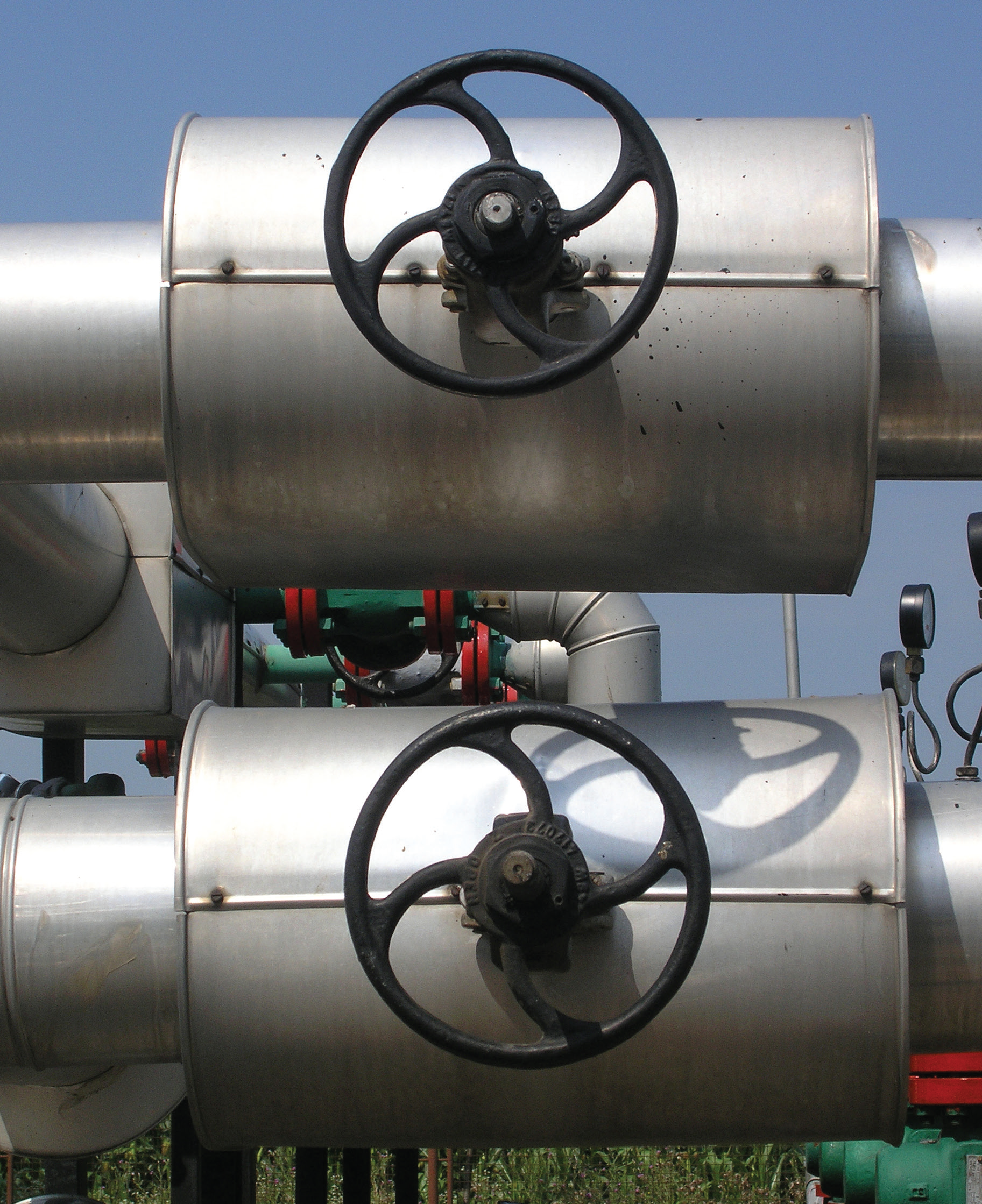
Creating Value Propositions
The value propositions of OEMs shape the markets for component suppliers. The MHI breakthrough to reach 99% CO2 recovery promises to make small CO2 recovery systems attractive. Waste to Energy and other smaller CO2 generators in the UK will have both a pipeline to take the CO2 away as well as an efficient way to remove the CO2. Relatively high investments are required in pumps, valves, compressors, hoses, fittings, and stainless steel. Companies such as Ingersoll Rand and Atlas Copco are creating niches by acquiring companies which make pumps and valves. They can be combined with the compressors into packages.

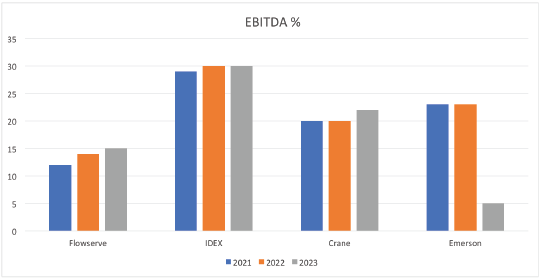
The Value Proposition summaries are included as per the example (Figure 6) of the MHI CO2 absorber for bioenergy plants.
Following the lead of the finance department, statistics can be utilized to create very specific guidance for salespeople.
For example, a salesperson for a filter company sells pulse jet valves along with the filters. They also sell hose and couplings for dust discharge are sold along with unit collectors and pumps are sold as part of scrubber systems. The number of days to spend each year on each application is budgeted, see Figure 7.
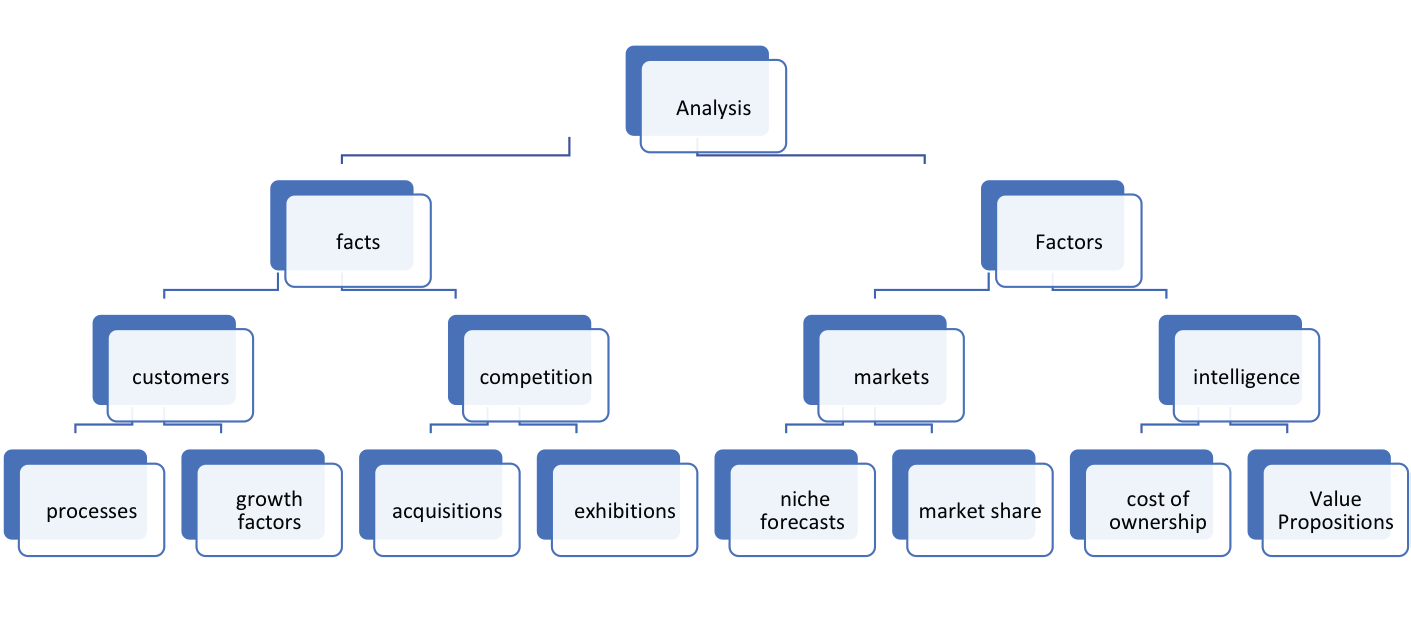
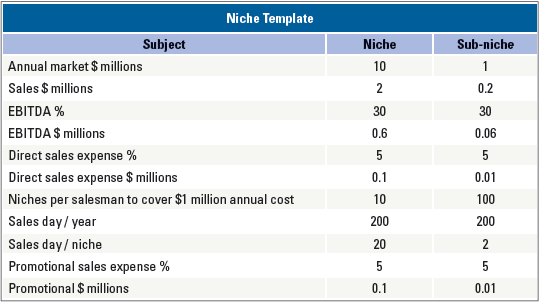
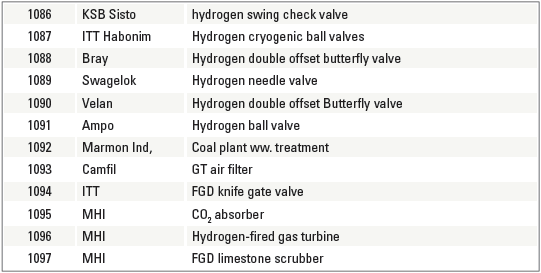
Promotional expenses can be determined the same way. The template al- lows USD $100,000 of promotional expenses per niche. California represents 3% of the revenue or USD $30 million. So, the promotional budget would be USD $1.5 million.
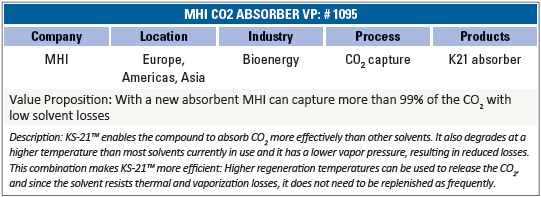
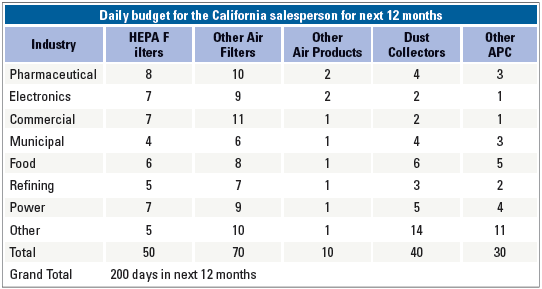
Conclusion
The advertising and exhibition investment should ensure the validation of the value propositions for the sub-niches. In the example provided, the California market will benefit from some combination of local, national, and international promotion. It is likely that USD $1 million would be allocated to national and international promotion and only $500,000 to strictly local promotion. To make the CFO happy, emulate finance in the sales program.
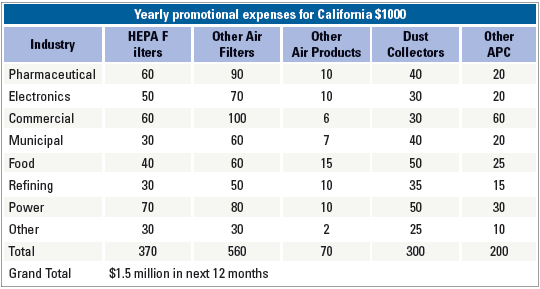
References:
- Most Profitable Market Program published by the Mcilvaine Company



